Growing your own cherries: A simple guide to what you need to know
Mark Diacono shares his advice on how to grow your own cherries — including the varieties that you'll never see in the supermarket.


Growing up in the early 1980s, cherry was everywhere — cherryade, Space Dust and cherry bombs were particular favourites — but I don’t think I ate an actual cherry until a holiday in France when I was in my teens. On the track leading to the house, a cherry tree leaned as if pulled sideways by the weight of its fruit, or perhaps to tempt us by being within easier reach.
I plucked the first fruit not knowing quite what to expect. It was so intense, with a deep fruitiness — the sweet and tart in perfect balance. It also had a hint of something distinctly other that I didn’t place until I’d finished it: almonds. I sat in the tree’s shade eating sun-warm cherry after luscious cherry, each more satisfying than the last, finding just enough willpower to at least pick and savour them one at a time. I was entirely incapable of stopping until I noticed the neighbours watching.
Long after, when I lived on the Kent coast for a couple of years with a garden too small for a tree, I’d pull in for a punnet of cherries whenever they were sold by the roadside, but, very good as they often were, they didn’t quite scratch the itch of the memory of those French cherries. A few years and a couple of gardens later, my own cherry trees planted, I realised why: cherries lose something the further they travel in distance and time from the tree that bore them.
The cherry varieties to try
Cherries fall into two main camps; the sweet and the sour. I’ve not come across a disappointing one of either kind. ‘Stella’, ‘Lapins’ and ‘Summer Sun’ are widely available sweet varieties. Of the sour kinds, ‘Morello’ is by far the most common and with good reason. Although it is not widely available, if you are short of space and/or curious, you might consider a ‘Duke’ cherry, such as ‘May Duke’. These are a cross between a sweet and a sour cherry; I’ve never tasted one, so can’t vouch for their flavour.
As with peaches, there is no better sweet cherry than one freshly picked and, as a result, most of the sweet cherries I’ve ever grown have been eaten just as they are, if not under, then in sight of the tree.
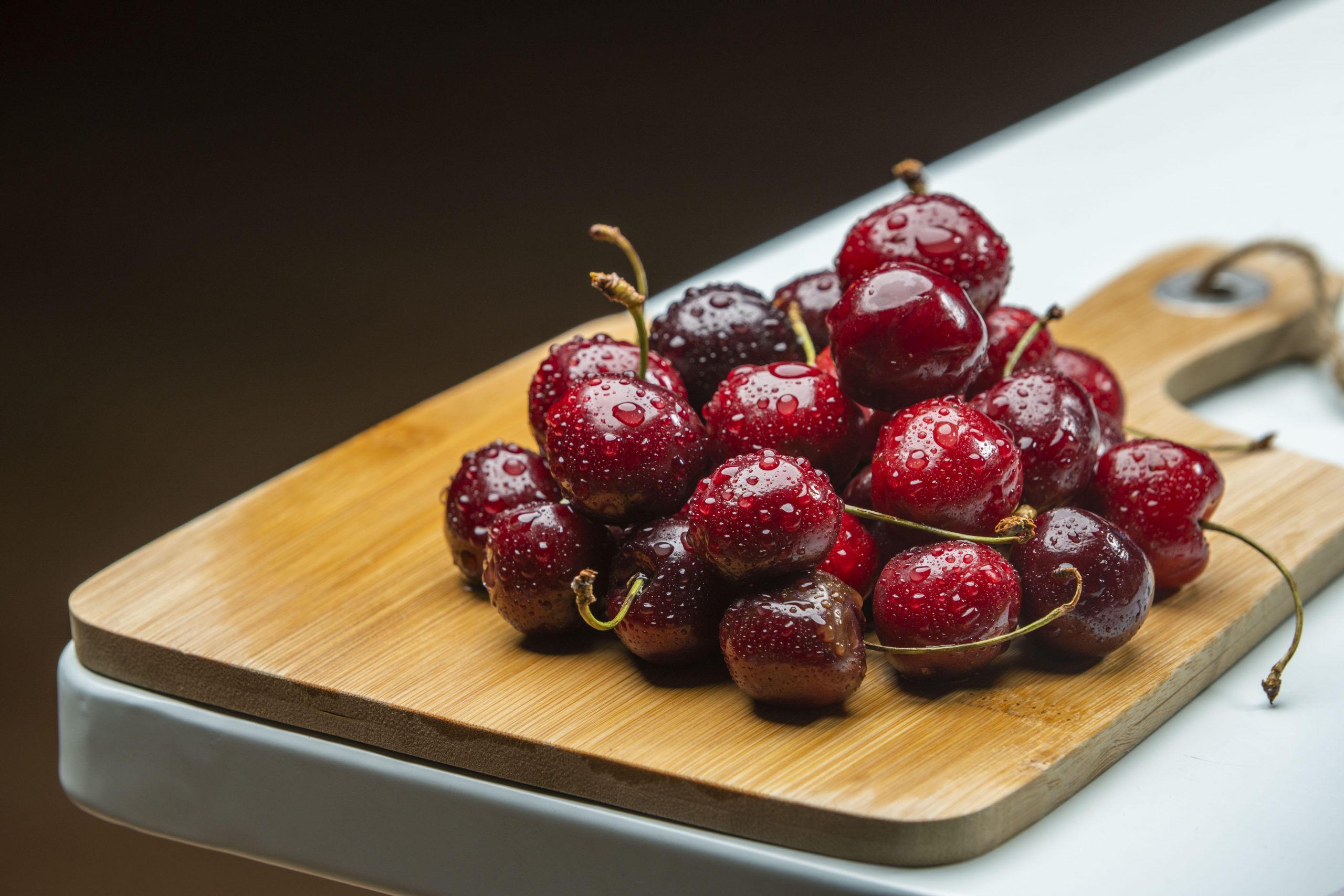
Sour cherries
Unlike their sweet relatives, sour cherries are rarely available to buy. Delightfully sharp and often of fuller flavour, sour cherries are perfect for cooking. Sour-cherry jam, ferments, pickles and clafoutis are where most of mine end up. If you have more than you need for eating fresh, sweet varieties cook beautifully, too, retaining form and flavour as they release dark lakes of intense juice.
Despite this intensity, cherries can be used in abundance in a pie or cobbler. Yet even a handful in a cake, a trifle or on top of a cheesecake is plenty enough to impose and enchant. Don’t save cherries only for pudding, either: they pair beautifully with goat’s cheese, smoked mackerel and particularly well with peppery leaves.
Exquisite houses, the beauty of Nature, and how to get the most from your life, straight to your inbox.
How to plant a cherry tree
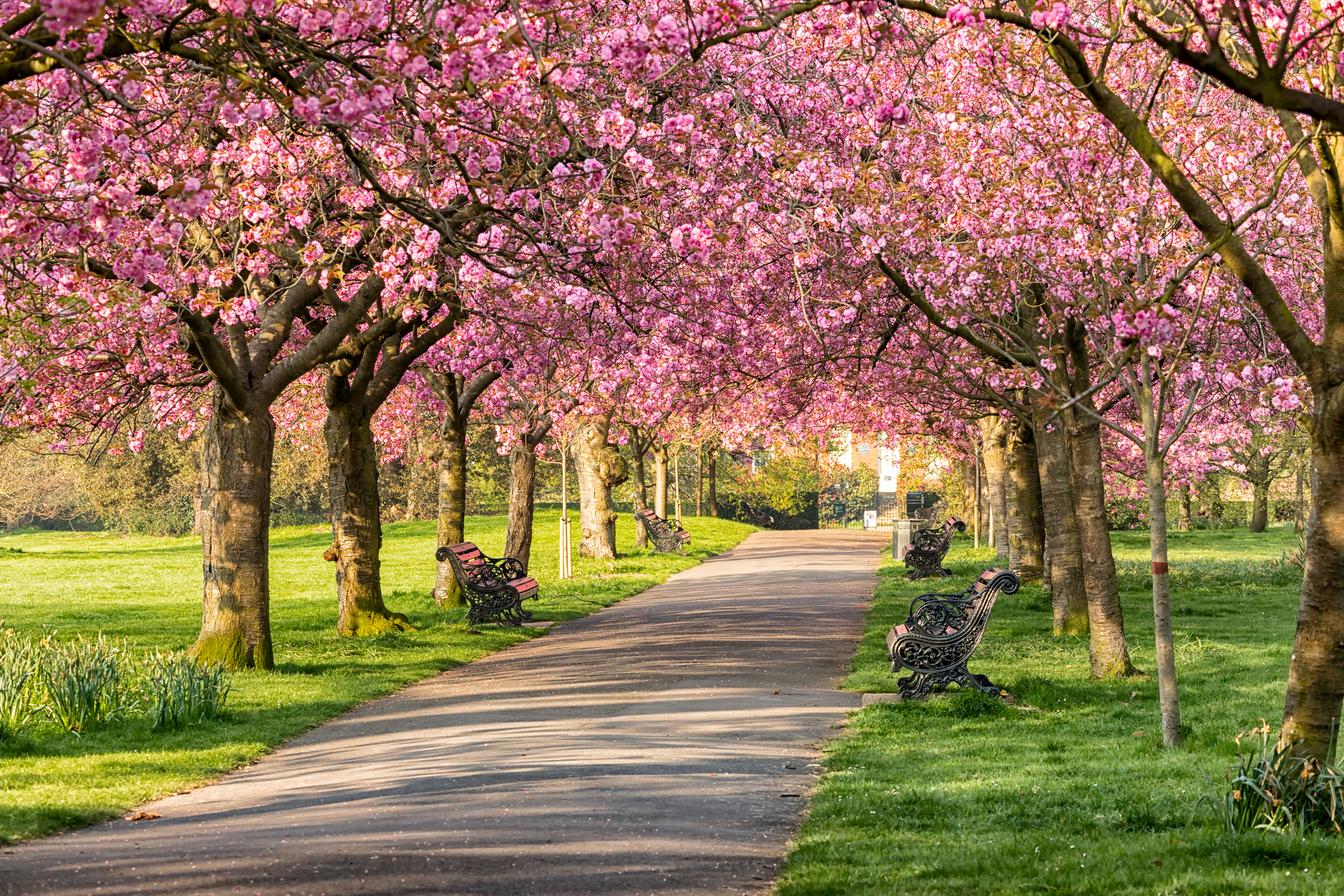
Planting a cherry tree is not all sweetness and light; it can be an expensive of way of growing bird food. Sometimes — for reasons seemingly beyond logic — birds ignore a particular cherry tree, choosing to clear out another in the same postcode. You can take your chances or try a white variety, such as ‘Vega’, or sour cherries, in which the birds are less interested. Or hedge your bets a little by growing a fan-trained cherry against a wall or nurturing dwarf varieties — both of which are easier to net.
Happily, cherries are simple to grow. They prefer a deep, fertile, well-drained soil, in a sunny position for sweet cherries, whereas sour varieties require less ripening sun and happily produce against a north- or east-facing wall.
Most cherries flower early, so give them a sheltered spot, out of frost pockets. I give mine a good mulch once or twice a year and water well in dry periods as cherries are fairly shallow rooting. Prune in summer to minimise the potential for bacterial canker and silver leaf, but wait until after harvesting, as cherries fruit on last year’s wood.
Gisela and Colt rootstocks are the most common: allow 3–4 yards between trees for the former and 4½–5 yards for the latter. Many varieties — ‘Stella’ and ‘Morello’, included — are self-fertile, but many are not, so do check with your supplier that pollination groups are compatible for those that are self-sterile.
Mark Diacono grows edibles, both usual and unusual, at Otter Farm in Devon. His book Spice: A Cook’s Companion (Quadrille, £25) is out now
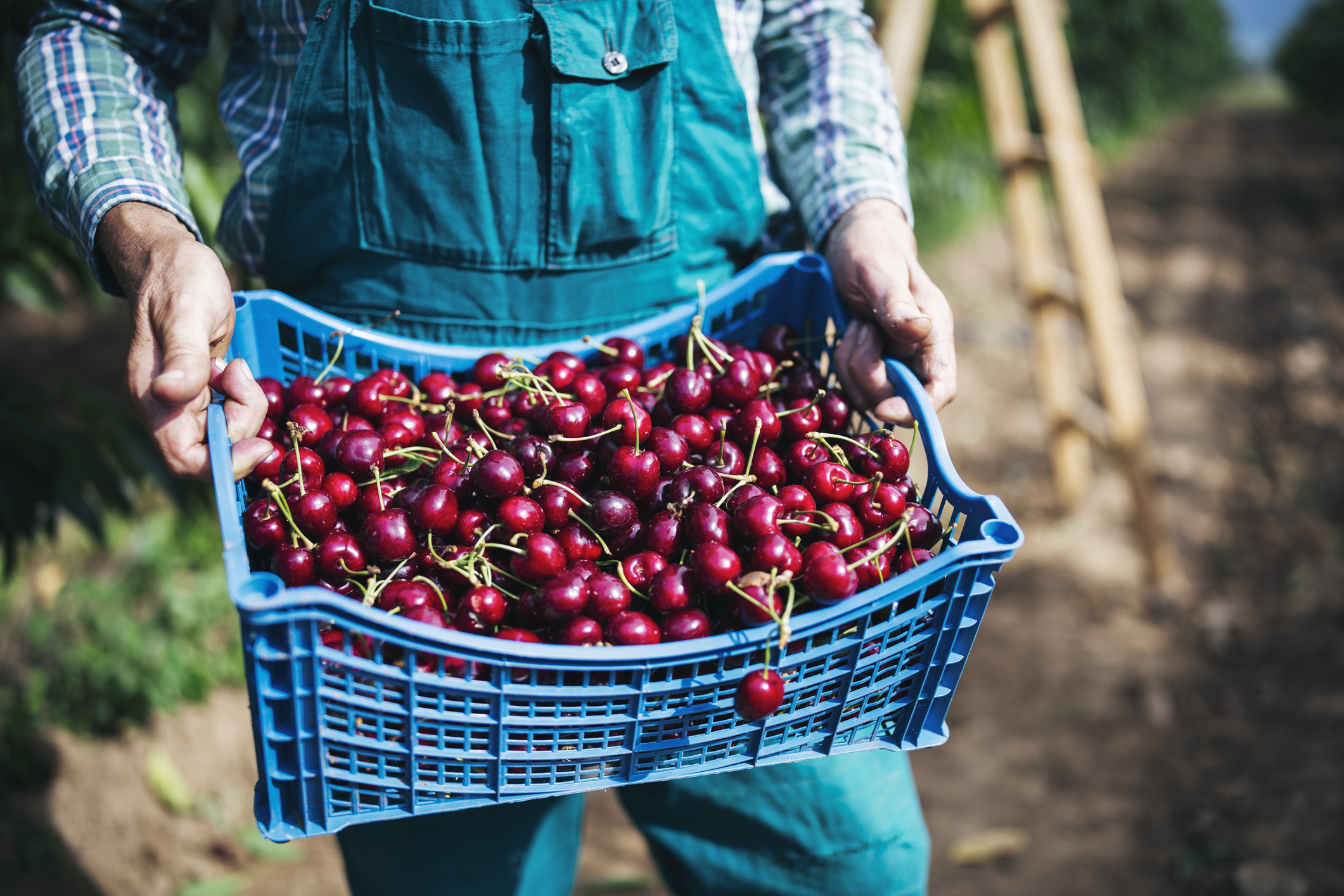
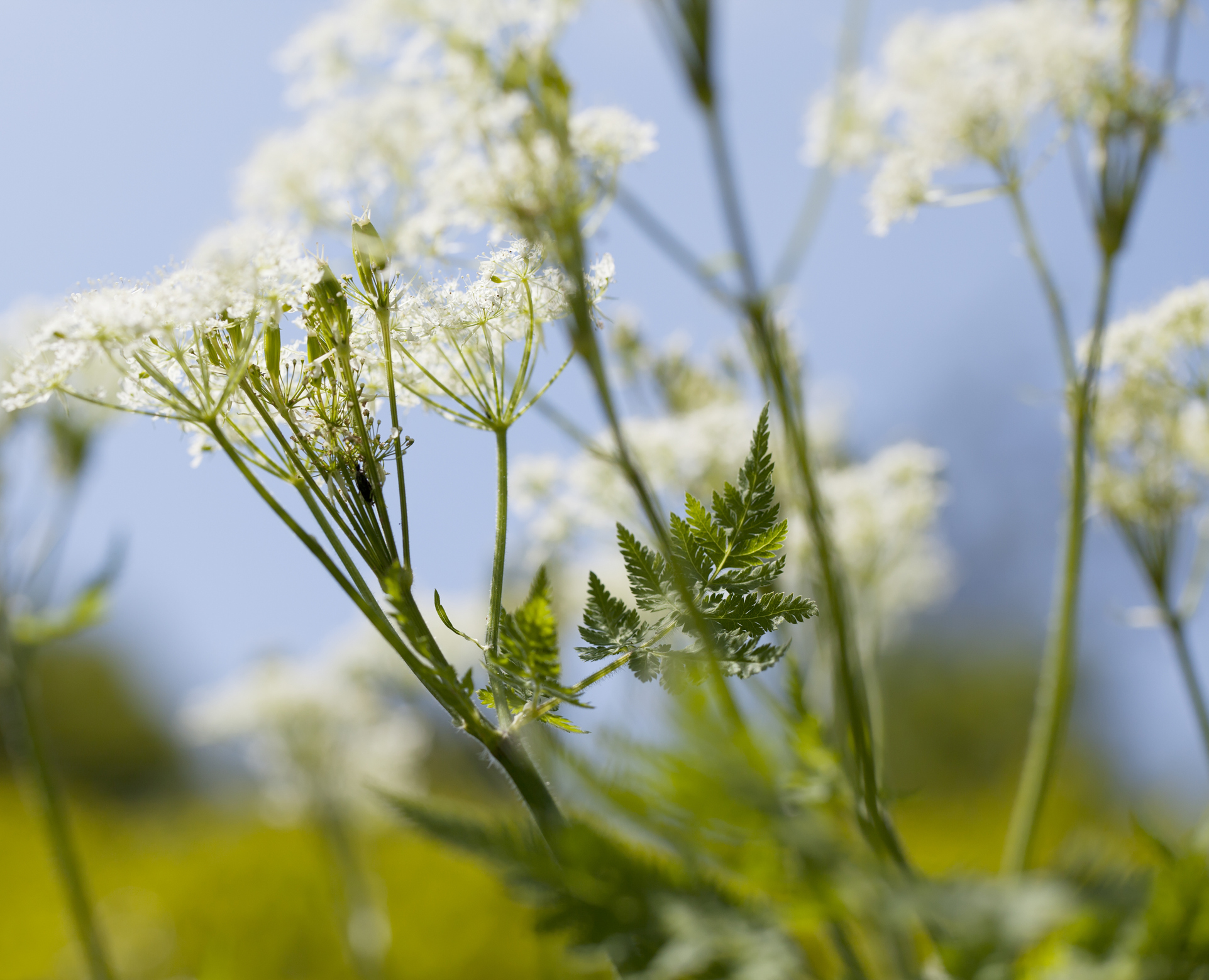
Sweet cicely: A delightful plant with a scent that's 'a gorgeous coming together of fennel, liquorice and star anise'
Mark Diacono on how — and why — to grow sweet cicely.
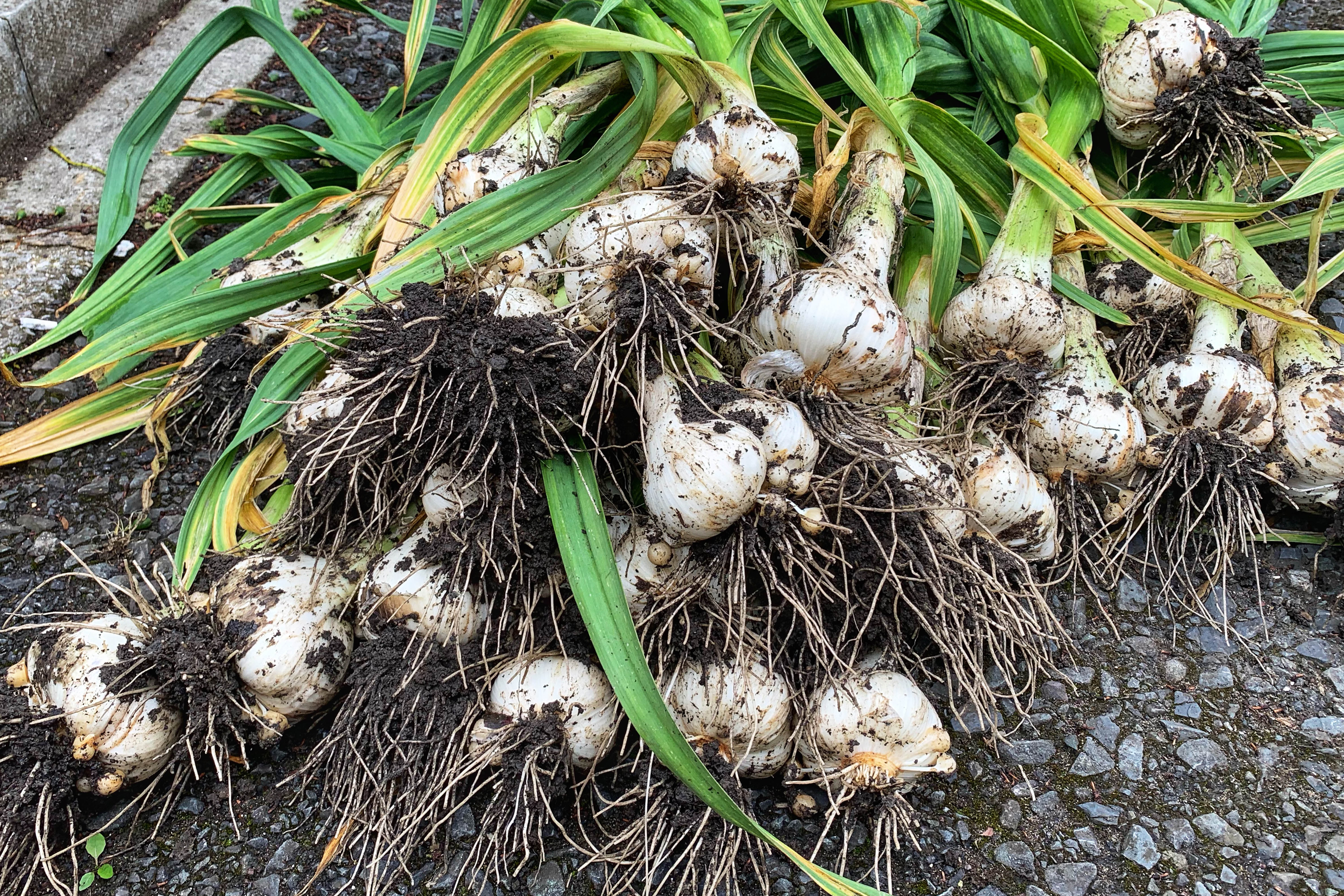
Credit: Getty Images
How to grow garlic: Delicious, lucky and superbly easy to cultivate
Mark Diacono teaches us how to grow garlic.
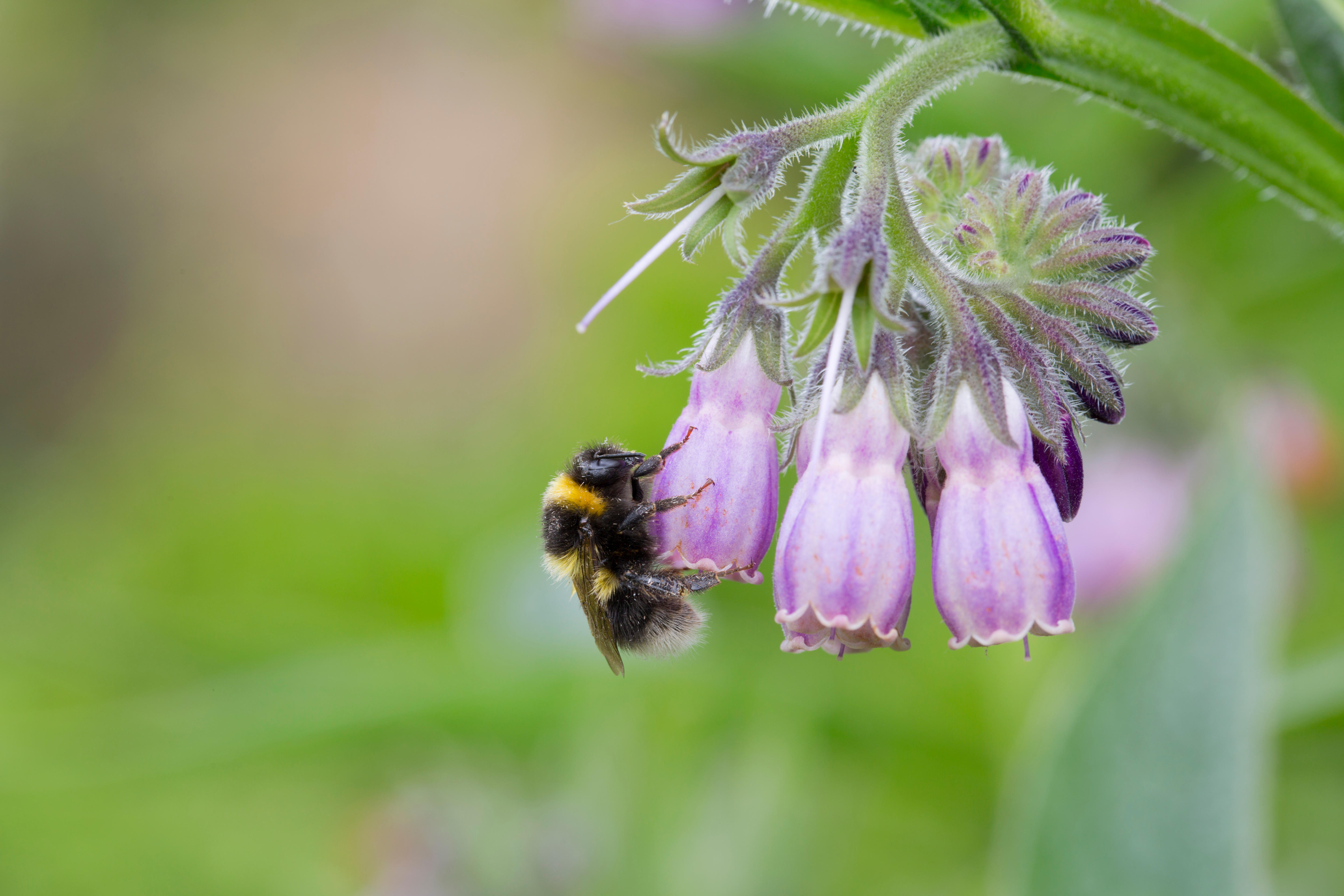
Comfrey: What you need to know about the plant that 'looks like borage a couple of gins into a long weekend'
Mark Diacono on the beautiful and untamed joy of comfrey.
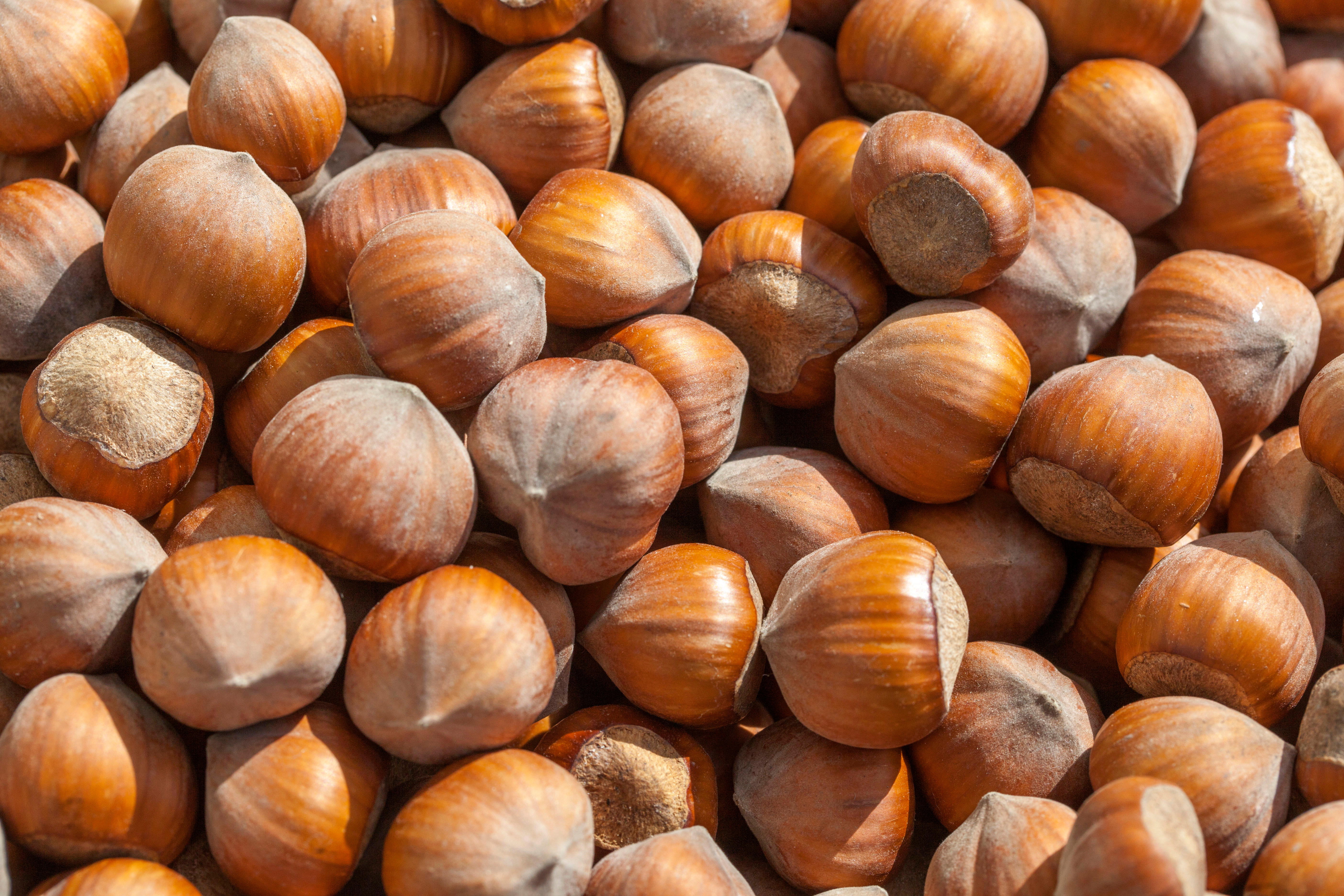
Mark Diacono: How to grow your own hazelnuts (and why you'll find it rather easy)
Our resident grow-your-own expert Mark Diacono gives his tips on the surprisingly easy hazelnut.
Mark is lucky enough to spend most of his time eating, growing, writing and talking about food. He has written fourteen award-winning books, including A Year at Otter Farm and A Taste of the Unexpected (both won Food Book of the Year, and Garden Book of the Year). Known for growing everything from Szechuan pepper to pecans to Asian pears, Mark's refreshing approach to growing and eating has done much to inspire a new generation to grow some of what they eat. He was involved in the early days of River Cottage, appearing in the TV series, and writing four River Cottage books. Mark writes to a global audience on his best-selling Substack: Mark Diacono’s Abundance.
